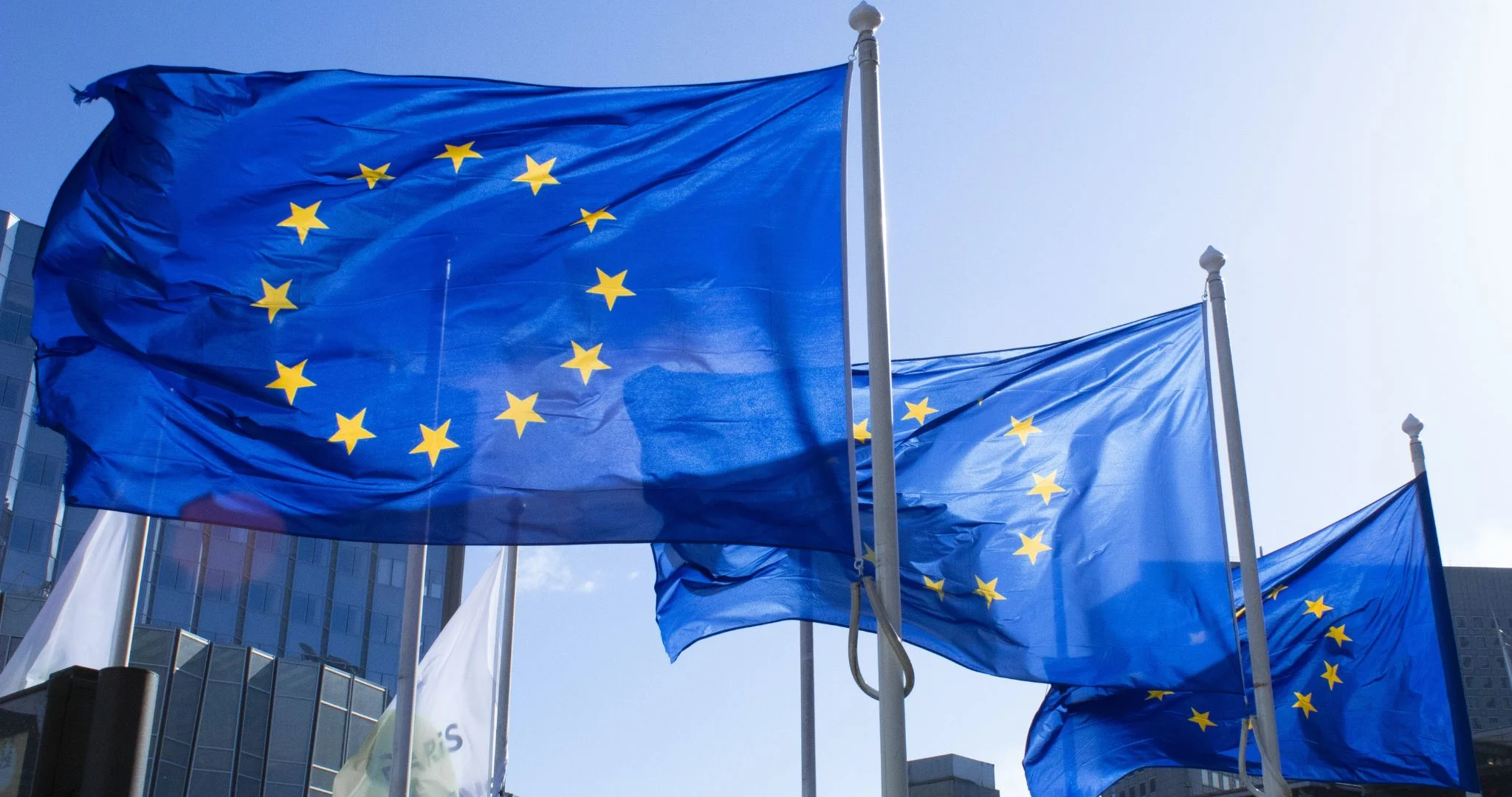Back to Blog
New EU Crypto Licensing Laws Bring Clarity to the European Crypto Industry

Eric Esposito
Apr 25th, 2023
.6 min read

On April 17, the European Union (EU) passed one of the most comprehensive cryptocurrency regulatory frameworks. Known as the Markets in Crypto-Assets (MiCA), this new set of guidelines puts forward clear rules for various digital asset categories and companies, potentially paving the way for innovation and acceptance in this emerging financial sector.
Many prominent crypto companies like Coinbase and Binance praised the EU's recent decision, but is it truly the best way forward for cryptocurrency? How will the EU's new laws on crypto pan out, and what's the potential impact on Web3?
What is the EU’s MiCA law, and why is it a big deal for crypto?

MiCA is a set of definitions, rules, and regulations for cryptocurrencies and Web3-related companies operating in the EU's 27 member states. Once this legal framework formally goes into effect in July 2024, any crypto project or company in the EU must abide by MiCA's policies, which include submitting whitepapers, verifying stablecoin reserves, and keeping track of CO2 emissions. Since MiCA is the law throughout the EU, crypto projects don't need to resubmit their paperwork to offer products or services in each of the 27 member states, making it easier to do business throughout the region.
While MiCA may sound like a burden for blockchain businesses, most crypto commentators see it as a net positive for the industry. Not only does MiCA open Europe to crypto businesses, it validates cryptocurrencies like Bitcoin, Ethereum, and stablecoins as central parts of the modern economy. MiCA also sets a global precedent for Web3 regulation. In fact, the Member of the European Parliament Stefan Berger said MiCA gives the EU "regulatory clarity that does not exist in countries like the US," according to a report from Reuters.
"Regulatory clarity" remains one of the major pain points for crypto projects in regions like the U.S. and Asia. In fact, as the EU passed MiCA, the U.S. Securities and Exchange Commission's Chair Gary Gensler couldn’t say whether Ethereum's Ether coin (ETH) was a "security" or "commodity" during his Capitol Hill testimony. In the weeks leading up to Gensler's testimony, New York's Attorney General Letitia James said ETH is a "security," in a Blockworks report. But the Commodity Futures Trading Commission (CFTC) maintained ETH is a "commodity," according to a report from Yahoo!Finance.
The SEC also has a history of charging crypto exchanges by alleging they offer "unregistered securities" without formally defining the characteristics of these digital assets. For example, the exchange Kraken paid $30 million to the SEC and paused its crypto staking feature for allegedly violating securities laws. A few months later, the SEC reportedly sent Coinbase a notice to stop its staking services.
These unannounced and severe penalties for cryptocurrencies have led many crypto projects to focus their attention on international markets rather than remain in the U.S. For example, the crypto exchange Bittrex announced it would close its U.S. operations on April 30, 2023, due to regulatory uncertainty. Exchanges based in the U.S. like Coinbase and Gemini have also expanded into international markets in recent weeks, and Coinbase's CEO Brian Armstrong signaled he's willing to relocate his company if the SEC doesn't release a clear crypto framework.
Compared with other global markets, the EU is well-positioned to capitalize on the crypto economy with its clear MiCA regulations. However, there are still concerns within the crypto community over how far EU regulators will creep into the decentralization of blockchain technology.
Are there concerns about the EU's new crypto policy?

Although most crypto analysts don't have major issues with MiCA, not everyone is keen on the EU's recent Transfer of Funds regulation. Colloquially called the "travel rule," this policy allows the EU to monitor crypto transactions between wallets and exchanges. The goal of this policy is to better trace funds used for money laundering or illicit practices, but privacy-focused activists fear it may undo the permissionless and censorship-resistant qualities of cryptocurrencies.
For the NFT industry, there's some ambiguity over whether certain collections will need to meet the requirements of utility tokens in MiCA's policies. In the final version of MiCA, lawmakers note that the "issuance of crypto assets as non-fungible tokens in a large series or collection should be considered as an indicator of their fungibility," according to a report form PYMTS. So, even though NFTs are a separate asset class, those within a generative collection like the Bored Ape Yacht Club (BAYC) or CryptoPunks may need to meet higher legal standards than a one-of-one art token.
Lastly, there are questions about how MiCA will impact the decentralized finance (DeFi) sector. Although the language in MiCA seems to view DeFi as a distinct field outside the EU's jurisdiction, it's unclear where the EU will draw the line between "centralized" and "decentralized." Crypto traders will have to wait 18 months for the European Commission to release a DeFi-specific report to clarify what the EU will look for when evaluating these protocols.
What impact could MiCA have on the crypto market?

Overall, MiCA appears to be a mostly positive catalyst for the global cryptocurrency market. Rather than pushing crypto to the fringes of the financial sector, the EU is welcoming digital assets and Web3 businesses into mainstream culture. These transparent guidelines will likely attract crypto innovators, established companies, and startups to the EU to expand their operations, and it will provide EU investors with more financial onramps into the Web3 ecosystem.
It's also worth mentioning MiCA won't start till July of 2024, and the first provisions will only affect stablecoin issuers. It's likely the full MiCA policies won't affect Europe's crypto industry until 2025. This is significant in terms of the standard "four-year cycle" theory in cryptocurrency, which posits the crypto market goes on a bull run after Bitcoin's supply gets cut in half (or "the halving event"). It's expected Bitcoin's next halving will happen in April or May of 2024, shortly before MiCA will be back in the mainstream news.
If MiCA attracts more crypto businesses in Europe and inspires lawmakers in other nations to adopt similar policies, it could add to bullish sentiment in 2024 and 2025. While it's impossible to know how MiCA will affect the prices of digital assets, it will likely have a noticeable impact on the sector for years to come.
Related Posts

How NFTs Will Enable New Use Cases as AI Changes the Video Game Industry
Are AI NFTs the future of video games? Find out how developers are using ge...

Eric Esposito
Apr 20th, 2023

Wrapped Ethereum Explained: What Is wETH, and Why Use It?
Wrapped Ethereum has the same price as Ethereum, but it’s a very different ...

Eric Esposito
Apr 19th, 2023

Ethereum Scores a 1-Year High: Over $2,000 After the Shanghai Update
Ethereum is in full bull market mode following the Shanghai Upgrade. Learn ...

Eric Esposito
Apr 14th, 2023